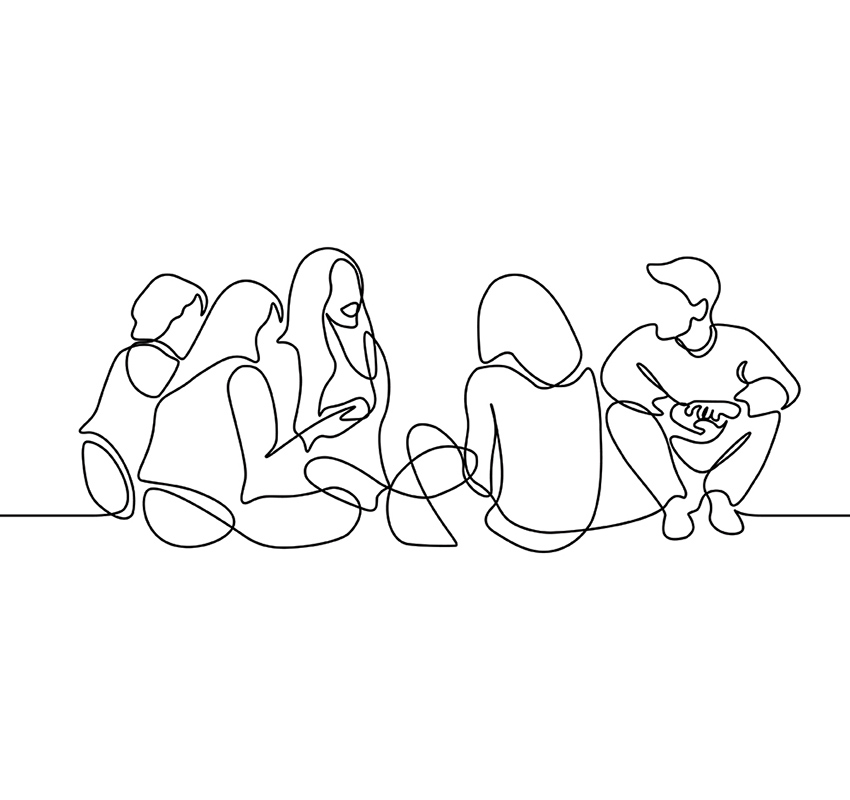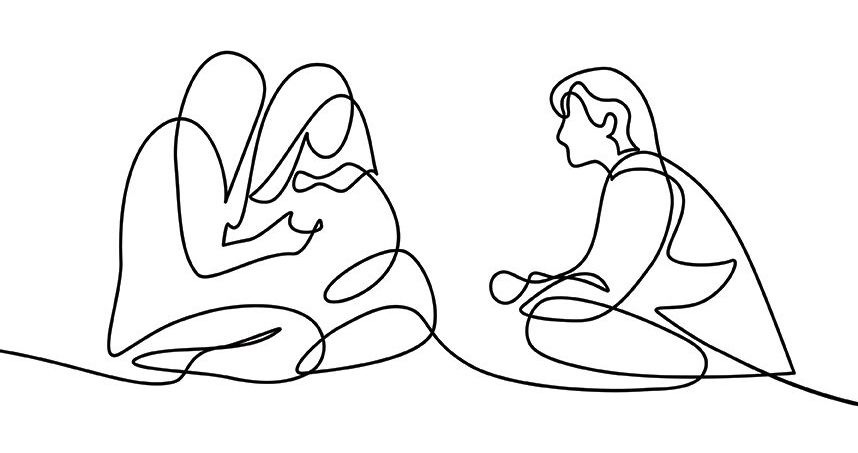In the early childhood years, much focus is on milestones and basic needs: is the toddler taking first steps? Have they mastered potty training? Is speech delayed? What does the baby need when he cries non stop in the evening?
But when it comes to adolescence, the picture is clouded. What are the milestones? What’s needed? What can wait? Nothing is indisputable. Unlike the early years, where developmental stages and achievements are meticulously observed, tracked and measured, the transition from early adolescence to adulthood lacks a defined roadmap, leaving both parents and teenagers perplexed.
They say adolescents need to ‘find themselves’, and ‘prepare for adulthood’: but what does that mean? And what does preparing for adulthood mean today? My impression is that adolescents today are pushed in dizzyingly opposite directions a lot of the time.
For example: while teenagers are encouraged to become more independent and go on the path of self discovery, at the same time there is a strong emphasis on following rigid rules, some of which seem arbitrary. Rules are good: but not when they’re nonsensical, including ultra-strict regulations about uniform and behaviour codes that don’t always make sense and seem disconnected from what life looks like for adults, except perhaps for adults in the army. Adding to that, independence and adventure are not at all easy to achieve. There are fewer and fewer welcoming spaces for young people to spend time together.
that don’t always make sense and seem disconnected from what life looks like for adults, except perhaps for adults in the army. Adding to that, independence and adventure are not at all easy to achieve. There are fewer and fewer welcoming spaces for young people to spend time together.
Going back to milestones. Years ago, the psychoanalyst Erik Erikson, in his influential book ‘Identity: Youth and crisis’ (1968), introduced the framework of psychosocial development. He talked about a series of stages through which we form our identity. This is not a linear process: it goes back and forth, with steps towards finding ourselves alternating with times when we fall into what Erikson named ‘role confusion’, when things don’t make sense.
To shed light on other aspects of adolescent growth, Erikson’s ideas can be complemented by self determination theory (SDT), created by psychologists Richard Ryan and Edward Deci. They describe three essential human needs – autonomy, competence, relatedness – which, once basic physiological needs (housing, food, health etc) are met, play a central role in adolescents’ wellbeing. Adolescents are generally happier when they achieve these basic milestones during the teen years, and parents can have them in mind.
Let’s look at them one by one:
- Autonomy: this just means having a genuine choice in what we do. A lot of family struggles during adolescence are around autonomy: who gets to decide? The parent or the adolescent? When is it safe for the teenager to make decisions for himself and when does the parent step in? As the adolescent grows and matures, they should ideally move in a direction where they can be trusted more and more – and earn that trust – to make autonomous decisions about their life.
- Competence: this refers to becoming able to do difficult things and overcome problems. Ryan and Deci describe it as ‘the experience of mastery and being effective in one’s activity’. The goal for teenagers – and all of us as we grow – is not to feel comfortable and happy most of the time, but to become increasingly able to problem solve and manage with what we do. Adolescents need to know they can master things and be good at things, stretching their abilities without becoming overwhelmed, whether in academics or managing a job. In psychoanalytic theory we talk of sublimation, the developing capacity to channel drive and healthy aggression through work, success and achievement.
- Finally, their capacity and need for relatedness grow as adolescents broaden their social networks, nurturing a sense of belonging, understanding, and mutual support with friends. Adolescents should be gradually becoming able to widen their social circle beyond immediate family or a few close friends, and this can be a challenge.
A while ago I read Angela Duckworth’s excellent book about the importance of ‘grit,’ which refers to a combination of passion and perseverance – not giving up – critical in achieving any long-term goal. If an adolescent develops a level of grit as well as some autonomy, a feeling of competence, and an ability for relatedness, things are most likely moving forward well. This allows adolescents to gradually form their identity and move away from role confusion.
But how does all this happen?
A first point is that autonomy, competence and relatedness can become a reality in the context of communities, the networks that form around adolescents. The small nuclear family isn’t enough, without wider support.
A second point: contrary to the contemporary tendency for adolescents to seek stable identities early on, Erikson and SDT theory suggest that a coherent identity is the end point, rather than the beginning of the adolescent process. So, our identity comes together – if all goes well – towards the end of adolescence or in the middle of our 20s, rather than the early teenage years. I wonder whether young adolescents run the danger of remaining stuck in role confusion when they cling onto a particular identity at the very early stages of the teenage years, and don’t allow things to unfold.

This is a great article, thank you.
I’d be interested in learning more of how this would play out in a neurodivergent family, without community support.
Thanks Ammara for your comment. It would depend on all sorts of factors like all things, so of course each family’s needs and aspirations would be different … but perhaps the most crucial place to start would be to build that community support? neighbours, friends, school etc.
A very helpful article as I reflect on how I struggle as a foreigner to belong in my local community and how that plays out in my teenagers.
Thank you.
thank you Polly for your comment. Yes absolutely, the role of community is crucial and I think it’s increasingly a problem in the way we live today, as it’s undervalued. In particular for teenagers, community and wider support for the family (eg other adults) makes all the difference.